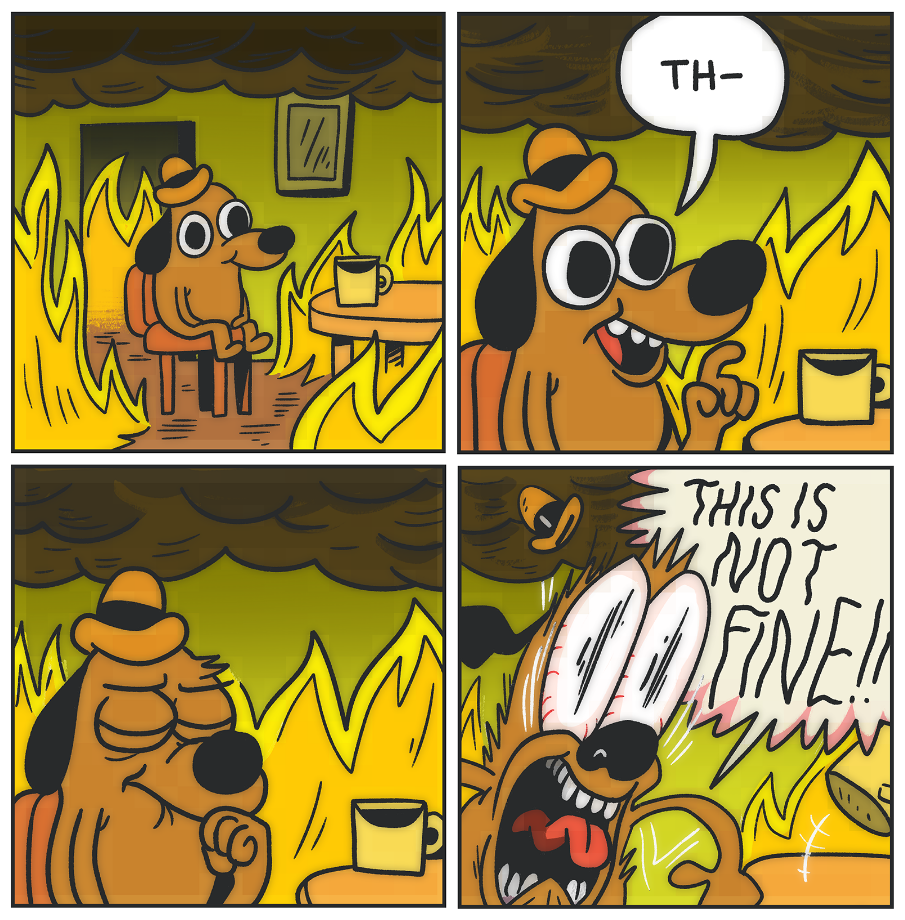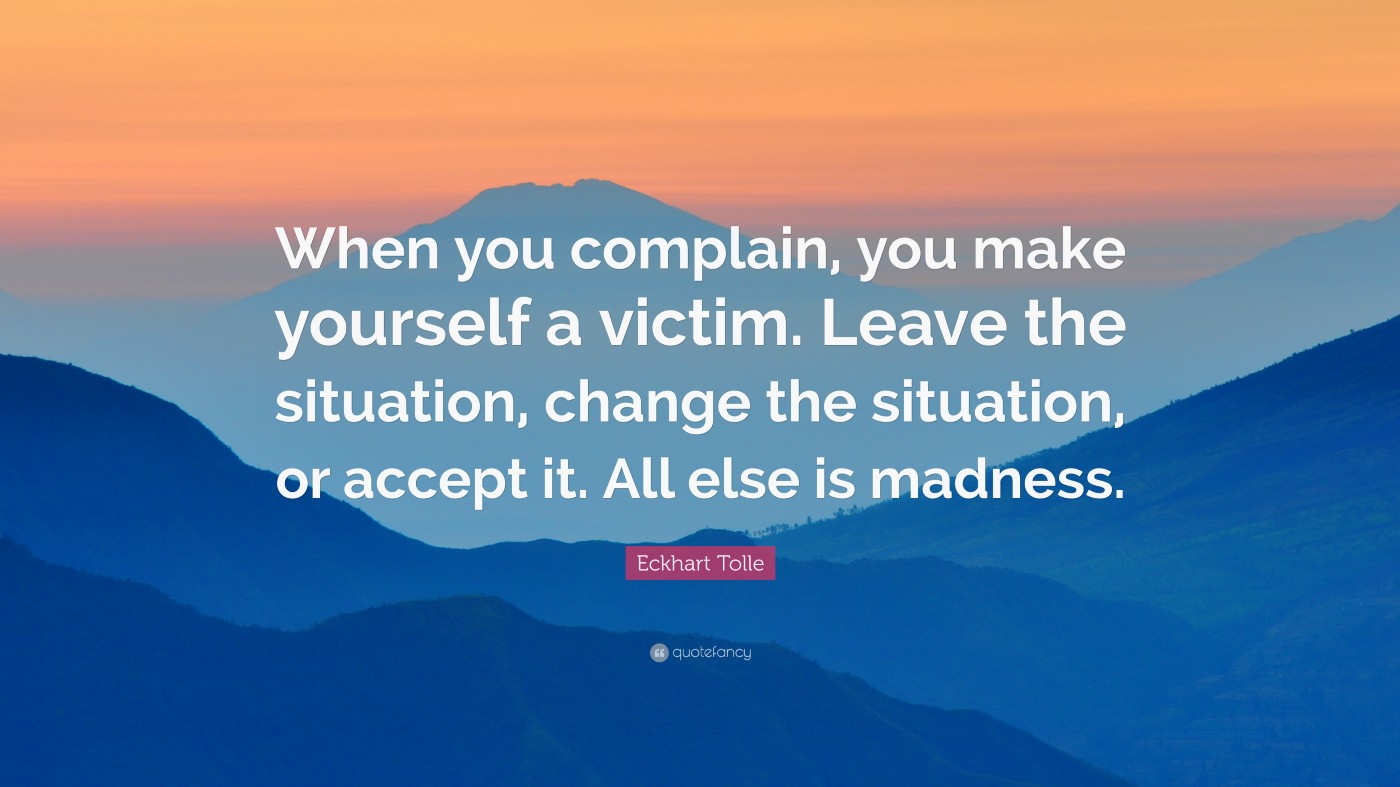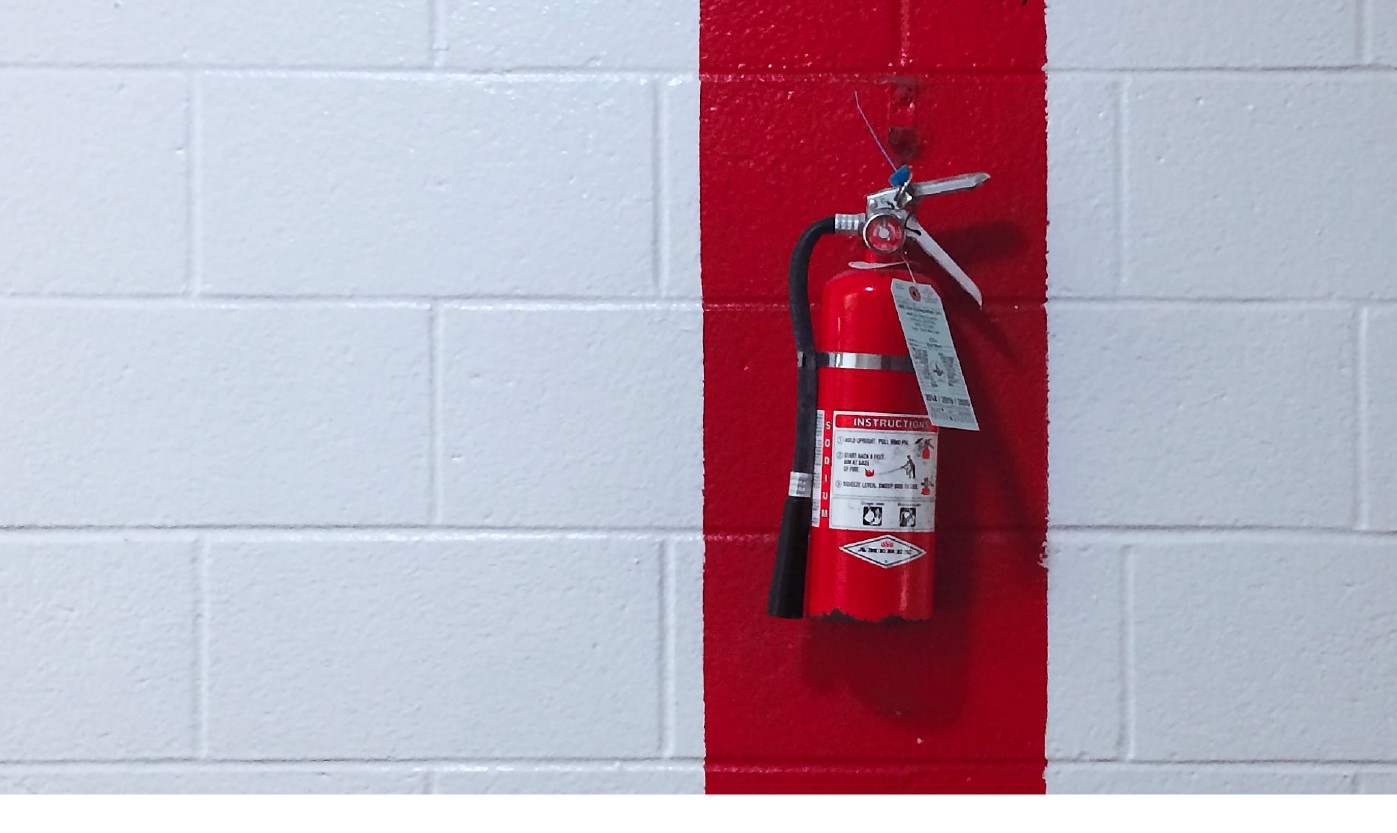Let’s face it — we all love when things in life go as planned. From vacations to surprises to weddings. It’s so much easier when we have a plan in place and then it’s flawlessly executed. And for a UX Designer, getting on a product or project that we can carefully take through the full design process (i.e. from research to product implementation) is like finding a coupon code online right before you checkout! #Winning
Currently, in my career as a Mid-Level UX Designer, I’ve been exposed to a variety of products and teams. Some had the time, resources, and most of all budget that allowed for an in-depth discovery and framing process. In other cases, I had to jump in and quickly perform UX miracles. Several times I noticed some of my peers, from Jr. Level to Sr. Level UX Designers, become unhinged by the fact that things weren’t going how they hoped or expected.

For you, maybe the product is already in progress of being built and you’ve just been invited to the party. Or maybe you had plans to interview 10 users but a schedule change only allows for 3. Or you just presented your beautifully designed & extremely practical UX slide deck to leadership, only to have your project plan cut in half due to lack of funding. Whatever the scenario, this is the point where the team doesn’t need you to start having side conversations about how the product is doomed or for you to present another slide deck re-explaining the same UX processes and methods to emphasize their importance. (Trust me, leadership heard you the first time.)
No, this is where the situation will require you to become a UX Firefighter.
Being able to work on a greenfield project with all resources at your fingertips is what UX dreams are made of. However, from my real-world experience, I have had to join products that were on fire and needed to be extinguished…by UX methods. Yes, you can certainly communicate your initial concerns upfront, whatever they are. But soon after, it’s time to put on your big girl or boy pants and focus on the path ahead. Here are several tips I found to be valuable in these types of situations:
Leave it, change it, or accept it.

This is a great multipurpose quote but I’d like to apply it to UX. If you find yourself on a product that wasn’t exactly on your Christmas list, do yourself and the team a favor and choose 1 of 3 options:
- Leave it — if you truly want out, try requesting to get pulled off the product and backfill your position.
- Change it — if given the opportunity to change whatever you’re unhappy with, take it!
- Accept it — if you’re on a product that doesn’t measure up to your UX standards and you can’t or won’t do the first 2 options (or tried and failed), it’s time to accept it, roll those sleeves up, and get to work.
Progress over perfection.

As much as it pains me to say, working with teams or products that aren’t perfect is life. However, be sure to set your goals on PROGRESS and not PERFECTION. Identify the areas where you can apply your UX knowledge and implement it! Don’t continuously get hung up on aspects that aren’t ideal. I firmly believe that there is always a UX touch that can be added to a product. I like to think that’s a part of our magic. Can’t start at Step 1 of your design process? Reach into your bag of skills and see what other methods might make sense at a certain stage, and execute. Remember, being able to move the needle in ANY measure towards user-centered design is the key.
Grow through what you go through.
“There’s beauty in the struggle.”
Sometimes it’s hard to see initially but there is. Being on difficult teams and products can cultivate skills that easy, process-perfect ones can’t. So allow me to insert one of my favorite personal mantras — take lessons, not losses and learn from every experience. Besides, how else are you supposed to answer those ‘conflict behavioral interview questions’ honestly without the real experience?
Taking it back to my firefighter analogy, we as UX & Product Designers need to be able to:
- Go into any building (i.e. product or project)
- Assess the fire (i.e. the problem)
- Identify escape routes for any victims (i.e. your strategic UX approach)
- Extinguish the flames (i.e. apply the methods)
- Be the hero (applicable in both cases)
We need more UX Firefighters in the industry that don’t just complain or fold when things are a mess, but designers that will get in the flames and see how to make a product better in any UX way.
Happy firefighting!








